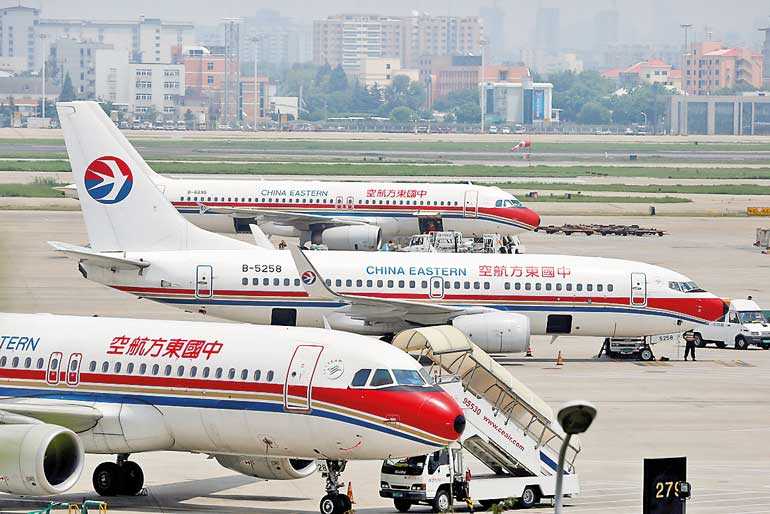Tuesday Mar 11, 2025
Tuesday Mar 11, 2025
Thursday, 5 March 2020 01:10 - - {{hitsCtrl.values.hits}}

Preliminary traffic figures from the Association of Asia Pacific Airlines (AAPA) show that international air passenger markets remained busy in January 020, with demand supported by travel ahead of the Lunar New Year celebrations, even as the COVID19 outbreak in China began to spread.
Overall, 33.8 million international passengers were carried by the region’s airlines, representing a 2.7% increase compared to the same month last year. In revenue passenger kilometres (RPK) terms, demand grew by 3.3% whilst available seat capacity expanded by 4.2%, leading to a 0.7 percentage point fall in the average international passenger load factor to 81.7% for the month.
AAPA Director General Andrew Herdman said: “The year started on a positive note, with further growth in demand for air travel recorded in January. However, the renewed optimism was short-lived, as we are now in uncharted territory with the COVID19 outbreak having had a very significant economic and social impact, leading to sharp falls in China-related traffic and wider effects on Asia Pacific travel and tourism markets, as well as severely disrupting global manufacturing
supply chains.
“Airlines have responded to the sharp falls in demand by reducing the number of flights operated across route networks whilst striving to maintain international connectivity. The proliferation of uncoordinated travel advisories and border restrictions imposed by governments, whilst well-intentioned, are inconsistent with WHO recommendations and International Health Regulations, and only serve to amplify public concern.”
Looking ahead, Herdman said: “Overall, airlines continue to monitor developments closely, whilst taking appropriate measures to ensure the safety and well-being of passengers and staff members. From a business perspective, the impact of reduced demand is expected to lead to billions of dollars in lost revenue, mainly suffered by Chinese carriers and other Asia Pacific airlines.
“Airlines are therefore focusing closely on making associated cost reductions and conserving cash resources in order to survive the current downturn, whilst remaining ready to respond positively as and when the situation shows signs of improvement.”
Discover Kapruka, the leading online shopping platform in Sri Lanka, where you can conveniently send Gifts and Flowers to your loved ones for any event including Valentine ’s Day. Explore a wide range of popular Shopping Categories on Kapruka, including Toys, Groceries, Electronics, Birthday Cakes, Fruits, Chocolates, Flower Bouquets, Clothing, Watches, Lingerie, Gift Sets and Jewellery. Also if you’re interested in selling with Kapruka, Partner Central by Kapruka is the best solution to start with. Moreover, through Kapruka Global Shop, you can also enjoy the convenience of purchasing products from renowned platforms like Amazon and eBay and have them delivered to Sri Lanka.
Discover Kapruka, the leading online shopping platform in Sri Lanka, where you can conveniently send Gifts and Flowers to your loved ones for any event including Valentine ’s Day. Explore a wide range of popular Shopping Categories on Kapruka, including Toys, Groceries, Electronics, Birthday Cakes, Fruits, Chocolates, Flower Bouquets, Clothing, Watches, Lingerie, Gift Sets and Jewellery. Also if you’re interested in selling with Kapruka, Partner Central by Kapruka is the best solution to start with. Moreover, through Kapruka Global Shop, you can also enjoy the convenience of purchasing products from renowned platforms like Amazon and eBay and have them delivered to Sri Lanka.